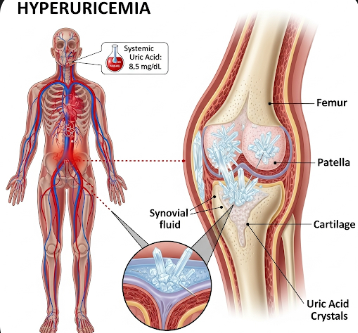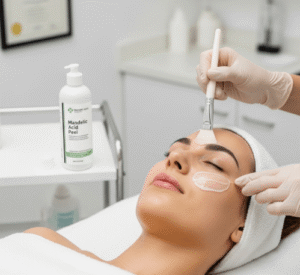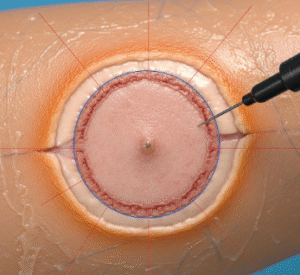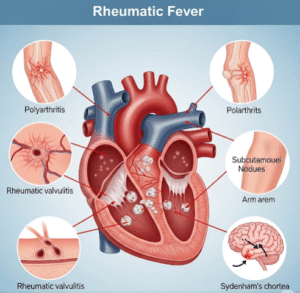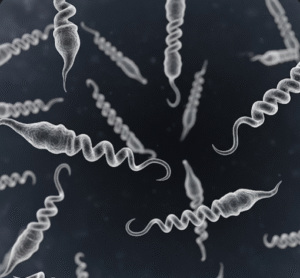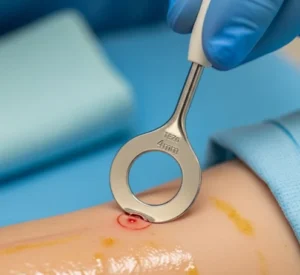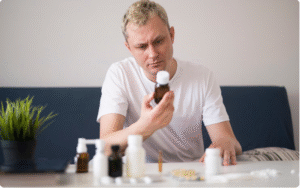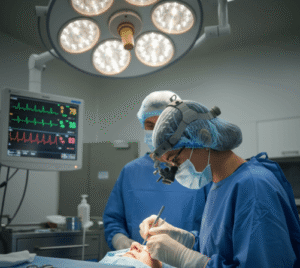Overview
A high uric acid level, medically referred to as hyperuricemia, occurs when the blood contains excess uric acid, a substance produced during the breakdown of purines, which are found in certain foods and cells. Elevated uric acid can lead to gout, kidney stones, and other metabolic complications.
In South Korea, medical facilities provide comprehensive testing, dietary guidance, and advanced treatments for hyperuricemia, helping patients prevent complications and manage symptoms effectively.
Key Facts
🟢 ➤ Normal uric acid levels are generally 3.5–7.2 mg/dL for men and 2.6–6.0 mg/dL for women; values above these ranges indicate hyperuricemia.
🟢 ➤ Hyperuricemia may be asymptomatic initially but can lead to painful conditions like gout.
🟢 ➤ Causes include dietary habits, kidney function impairment, genetics, obesity, and certain medications.
🟢 ➤ Symptoms may include joint pain, swelling, redness, and in severe cases, kidney stones.
🟢 ➤ Diagnosis requires blood tests, urine analysis, and sometimes imaging to detect urate crystal deposits.
🟢 ➤ South Korean hospitals offer multidisciplinary care including diet counseling, medication management, and advanced procedures for complications.
What is High Uric Acid Level?
High uric acid occurs when production exceeds excretion, leading to accumulation in the blood.
Key points:
➤ Uric acid is a natural byproduct of purine metabolism.
➤ The kidneys normally excrete most uric acid, but impaired kidney function or overproduction can cause hyperuricemia.
➤ Excess uric acid may crystallize in joints, causing painful gout attacks.
➤ Chronic hyperuricemia may contribute to kidney stones and cardiovascular risks.
Symptoms Related to High Uric Acid
Symptoms often depend on urate crystal deposition and duration of hyperuricemia:
🟢 ➤ Many patients are asymptomatic initially.
🟢 ➤ Sudden joint pain, typically in the big toe, is a hallmark of gout.
🟢 ➤ Swelling, redness, and warmth in affected joints.
🟢 ➤ Tophi (urate crystal deposits) under the skin in chronic cases.
🟢 ➤ Kidney stones may cause flank pain, hematuria, or urinary discomfort.
🟢 ➤ Fatigue, mild fever, or general discomfort during acute attacks.
Causes / Possible Causes
Hyperuricemia arises from overproduction, underexcretion, or combination of factors:
Dietary Causes
➤ High-purine foods: red meat, organ meats, seafood (anchovies, sardines).
➤ Alcohol, especially beer and spirits, which impair uric acid excretion.
➤ Sugary beverages high in fructose.
Kidney-Related Causes
➤ Reduced excretion due to chronic kidney disease.
➤ Dehydration impairing uric acid elimination.
Genetic and Metabolic Factors
➤ Family history of gout or hyperuricemia.
➤ Metabolic syndrome, obesity, insulin resistance.
Medications
➤ Diuretics, low-dose aspirin, and some immunosuppressive drugs.
Other Causes
➤ Rapid cell turnover (e.g., chemotherapy, hemolytic anemia).
➤ Hypothyroidism or hormonal imbalances affecting metabolism.
When Should I See a Doctor?
Seek medical advice if:
🟢 ➤ You experience sudden, severe joint pain or swelling, especially in the big toe.
🟢 ➤ Recurrent gout attacks occur or urate deposits appear under the skin.
🟢 ➤ Kidney-related symptoms like flank pain, hematuria, or urinary obstruction develop.
🟢 ➤ Blood tests indicate persistent elevated uric acid levels.
Early consultation can prevent complications, reduce pain, and protect kidney function.
Care and Treatment
Management focuses on reducing uric acid levels, preventing crystal formation, and addressing symptoms:
Lifestyle and Dietary Measures
➤ Limit high-purine foods and alcohol intake.
➤ Maintain adequate hydration to help uric acid excretion.
➤ Achieve and maintain a healthy body weight.
➤ Increase low-fat dairy intake and complex carbohydrates.
➤ Avoid sugary drinks and high-fructose foods.
Medical Treatments
➤ Xanthine oxidase inhibitors (allopurinol, febuxostat) reduce uric acid production.
➤ Uricosuric agents increase renal excretion of uric acid.
➤ Anti-inflammatory medications (NSAIDs, colchicine) manage acute gout attacks.
➤ Pain management and joint care during acute flare-ups.
Advanced or Interventional Treatments
➤ Surgical removal of tophi in chronic severe cases.
➤ Kidney stone management via lithotripsy or surgical procedures.
Advanced Care in Korea
➤ South Korean hospitals provide state-of-the-art labs, imaging, and specialized care for hyperuricemia and gout.
➤ Multidisciplinary teams offer dietary counseling, personalized medication plans, and monitoring for kidney or cardiovascular complications.
➤ Patient education focuses on long-term lifestyle changes, adherence to therapy, and early detection of flare-ups.
Highlights (Clean Green Arrow Version)
🟢 ➤ Hyperuricemia is elevated blood uric acid, which can lead to gout, kidney stones, and metabolic complications.
🟢 ➤ Symptoms: joint pain (especially big toe), swelling, redness, tophi, kidney stone discomfort, and fatigue.
🟢 ➤ Causes: high-purine diet, kidney dysfunction, genetic predisposition, medications, metabolic syndrome.
🟢 ➤ Seek medical care for sudden joint pain, recurrent gout attacks, kidney symptoms, or persistent elevated uric acid.
🟢 ➤ Treatments include lifestyle modifications, medications to lower uric acid, anti-inflammatories for gout attacks, and surgical interventions if needed.
🟢 ➤ South Korea offers advanced care with labs, imaging, specialized medications, dietary counseling, and long-term monitoring for hyperuricemia and its complications.

